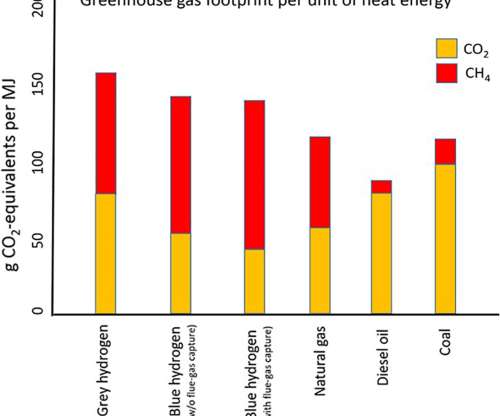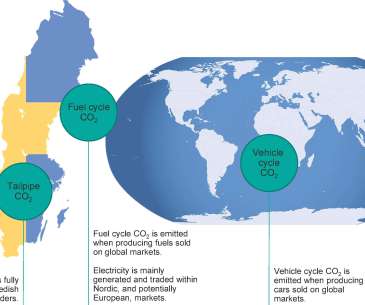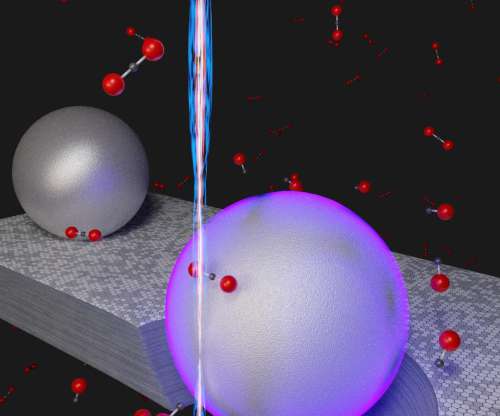Study finds long-term exposure to black carbon from traffic exhaust at residential address increases the risk of stroke
Green Car Congress
NOVEMBER 1, 2019
Long-term residential exposure to locally emitted black carbon (BC) from traffic exhaust increases the risk of stroke even in low-pollution environments, according to a study by researchers at Karolinska Institutet and other universities in Sweden. In the studied cities, the annual averages of PM 2.5








































Let's personalize your content